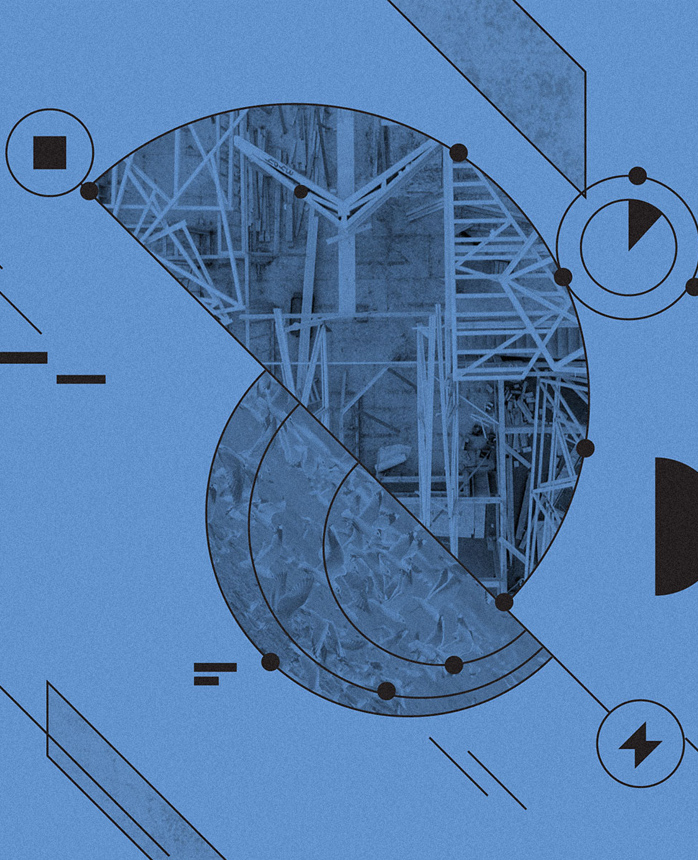Program Overview
Agility is more than just a passing trend, though you’d be forgiven for thinking of it as such. The way that the word has been used and misused over the years has certainly diluted its meaning. But at its core, agility is about applying a few basic principles and practices to the way that we work, both as individuals and in teams, to organize and optimize our time and resources. At its best, it’s a fundamentally simplifying way of structuring the way we work that maximizes autonomy, efficiency, and adaptability.
As always, however, that’s easier said than done. We all want to work quickly and effectively, but as managers, we have to set our teams up for success. What’s the right balance of structure and autonomy that allows our teams to thrive and collaborate most effectively? How do we know what to change and what to keep? And what do our people need us to do to do their best work? This Program explores all of these questions and more on the way to building agility into the way we and our teams operate.
